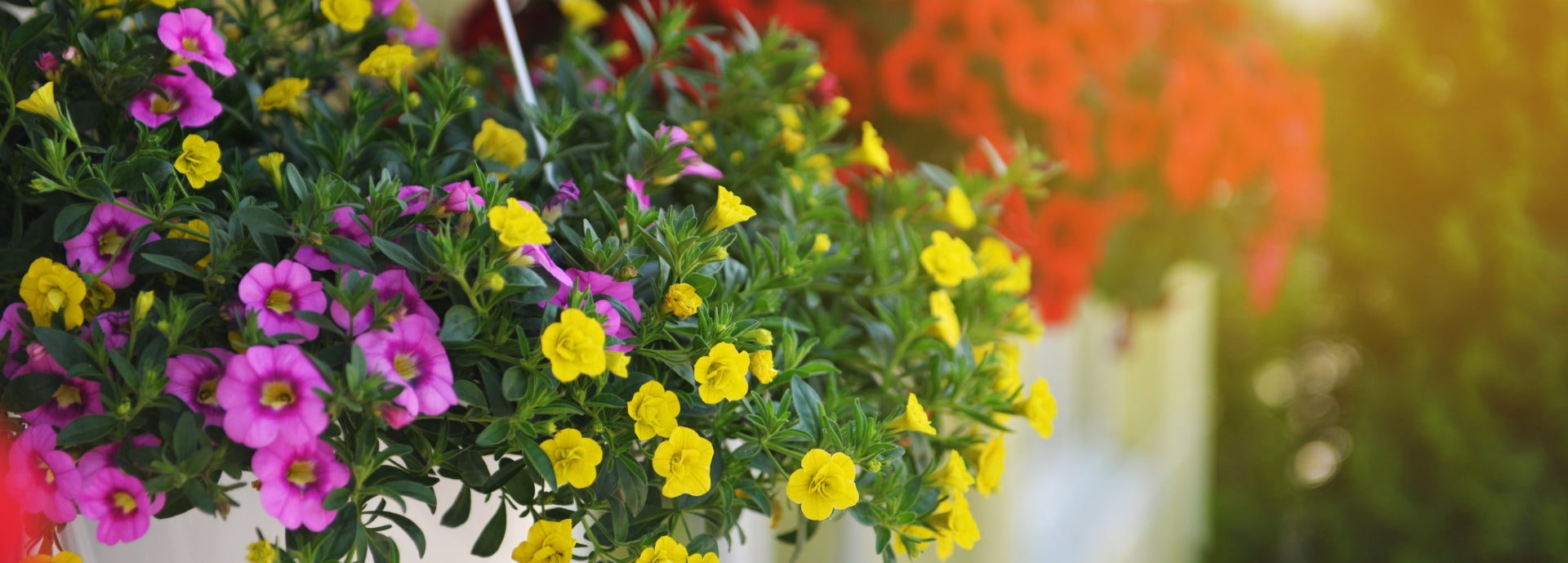Welcome, gardeners, to the world of marigold flowers! These vibrant and versatile blooms have been a favorite among garden enthusiasts for centuries, and for good reason. With their striking colors, enchanting fragrance, and pest-repellent properties, marigolds have earned a special place in gardens around the globe. Let’s grow in love with marigolds and provide you with some valuable tips and tricks to make the most of these delightful flowers in your own garden.
- Types of Marigold Flowers: Marigolds come in various species, each with its unique characteristics and visual appeal. The most commonly cultivated types include African marigolds (Tagetes erecta), French marigolds (Tagetes patula), and signet marigolds (Tagetes tenuifolia). African marigolds feature large, showy blooms in shades of yellow and orange, while French marigolds offer a wide range of colors, including reds, oranges, and yellows. Signet marigolds are known for their compact size, lacy foliage, and small, dainty flowers.
- Sunlight and Soil Requirements: Marigolds are sun-loving plants and thrive in bright, full sunlight. Ensure they receive at least six hours of direct sunlight daily for optimal growth and abundant blooms. As for soil, marigolds are not too picky. They prefer well-drained soil that is rich in organic matter. Prepare the soil by incorporating compost or well-rotted manure to improve its fertility and drainage capabilities.
- Planting Marigolds: When it comes to planting marigold flowers, timing is crucial. Wait until the danger of frost has passed and the soil has warmed up before sowing or transplanting marigold seedlings. Prepare the planting holes or rows, ensuring they are spaced appropriately to allow air circulation and prevent overcrowding. Gently loosen the soil around the roots of the seedlings and water thoroughly after planting.
- Watering and Maintenance: While marigolds are relatively low-maintenance plants, they do require consistent watering, particularly during dry spells. However, be cautious not to overwater, as marigolds are susceptible to root rot. Water at the base of the plant and avoid wetting the leaves to reduce the risk of fungal diseases. Applying a layer of mulch around the base of the plants can help retain moisture and suppress weed growth.
- Deadheading and Pruning: To encourage continuous blooming and maintain the plant's appearance, it is essential to deadhead spent flowers regularly. Pinch or cut off the faded blossoms just above the first set of leaves or the nearest bud. Deadheading redirects the plant's energy into producing new flowers instead of setting seeds. Additionally, pruning leggy stems and removing damaged foliage will help promote bushier growth.
- Pest Control and Companion Planting: One remarkable attribute of marigold flowers is their natural pest-repellent properties. The scent of marigolds deters many common garden pests such as aphids, nematodes, and whiteflies. To maximize this benefit, consider planting marigolds near susceptible plants or vegetables.
Marigold flowers truly deserve their status as cherished additions to any gardener's paradise. With their vibrant colors, enchanting fragrance, and pest-repellent properties, marigolds offer both aesthetic beauty and practical benefits. By following the tips and tricks outlined in this blog, you can ensure that your marigold plants thrive and bring joy to your garden throughout the growing season.
Remember to provide ample sunlight, well-drained soil, and consistent watering for your marigold plants. Regular deadheading and pruning will encourage continuous blooming and maintain the plant's health and appearance. Take advantage of marigolds' pest-repellent properties by planting them strategically among other susceptible plants.
So, go ahead and embrace the world of marigolds in your garden. Whether you choose African marigolds, French marigolds, or Signet marigolds, these versatile and delightful flowers will add a burst of color and a touch of natural pest control to your outdoor haven. Happy gardening!
Click to see our marigolds







